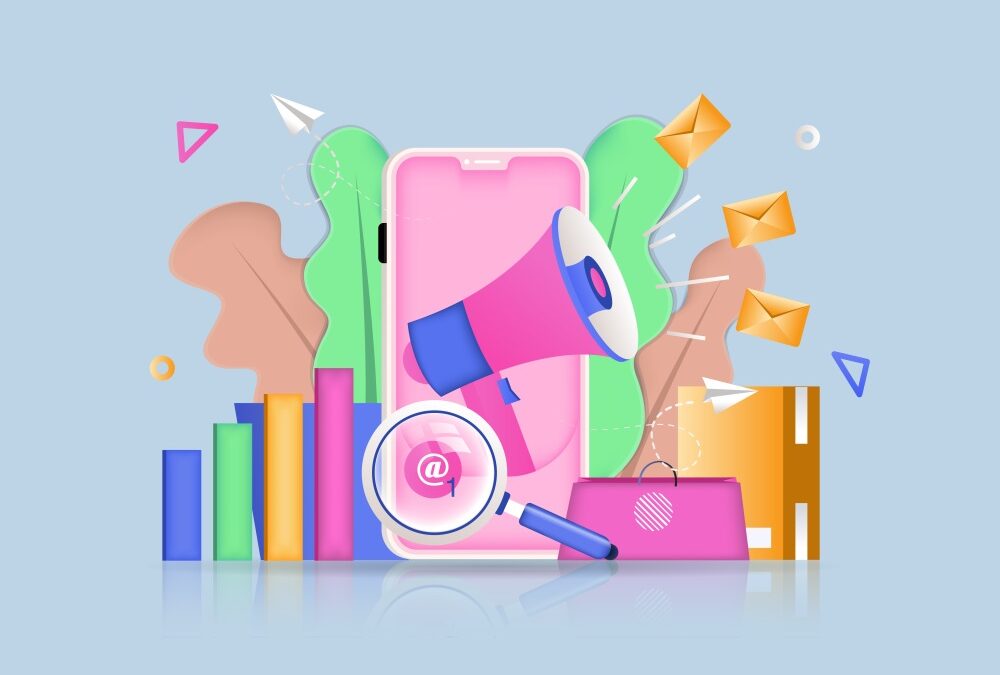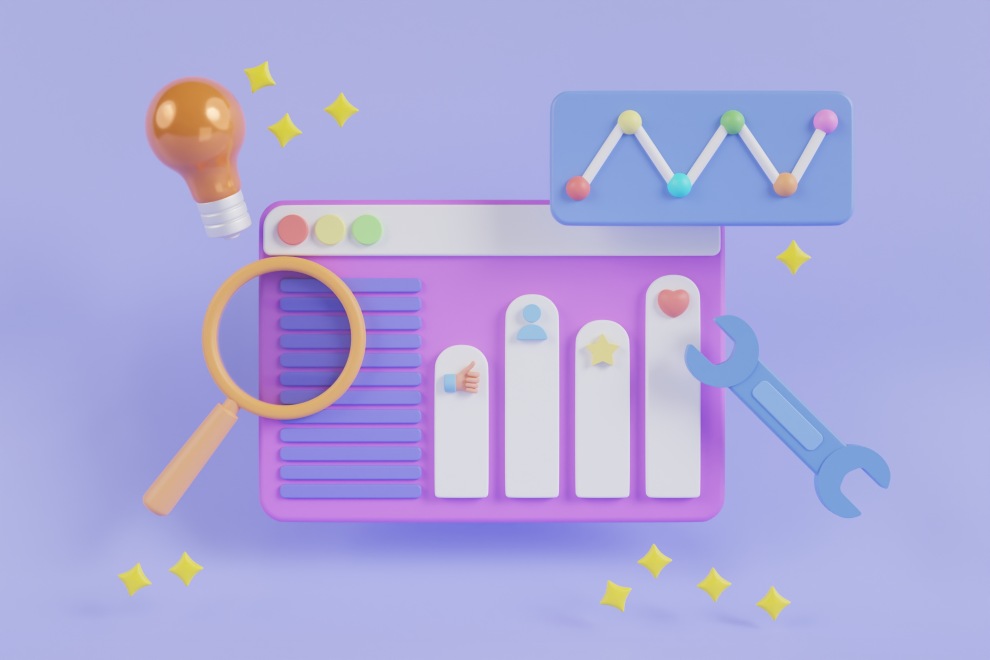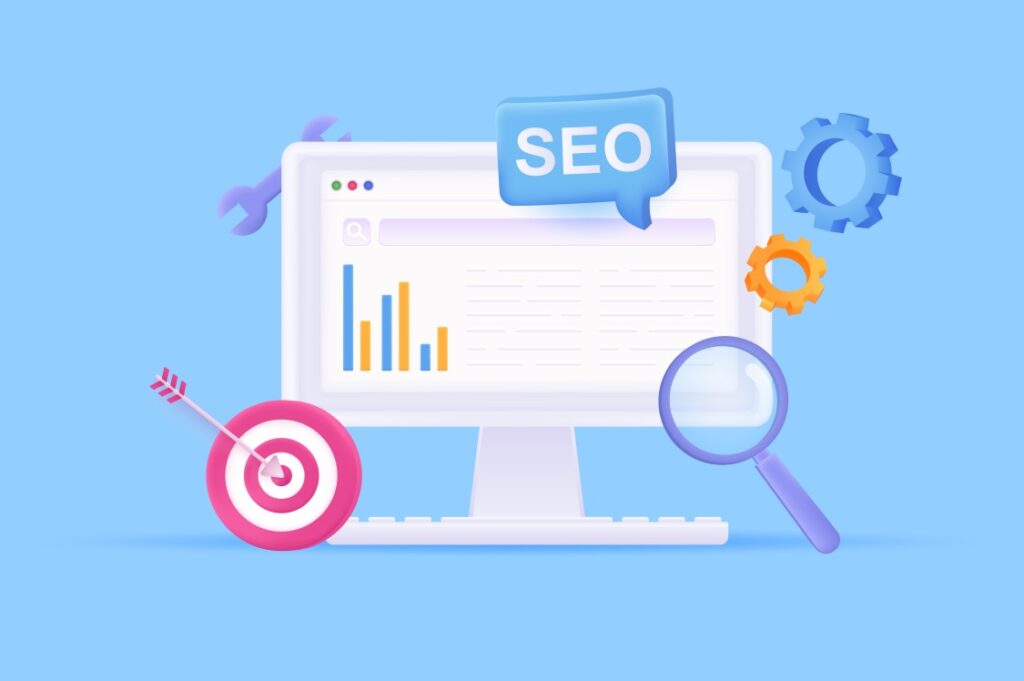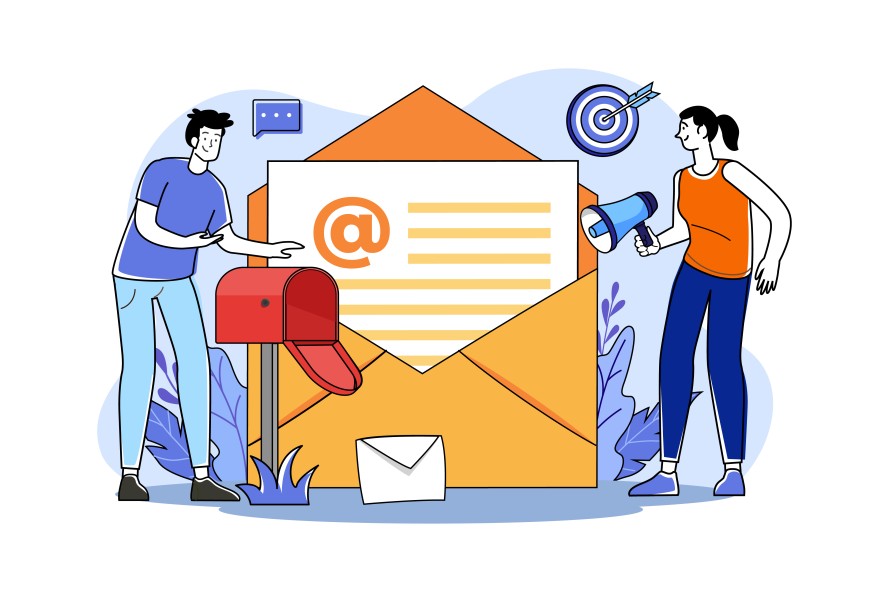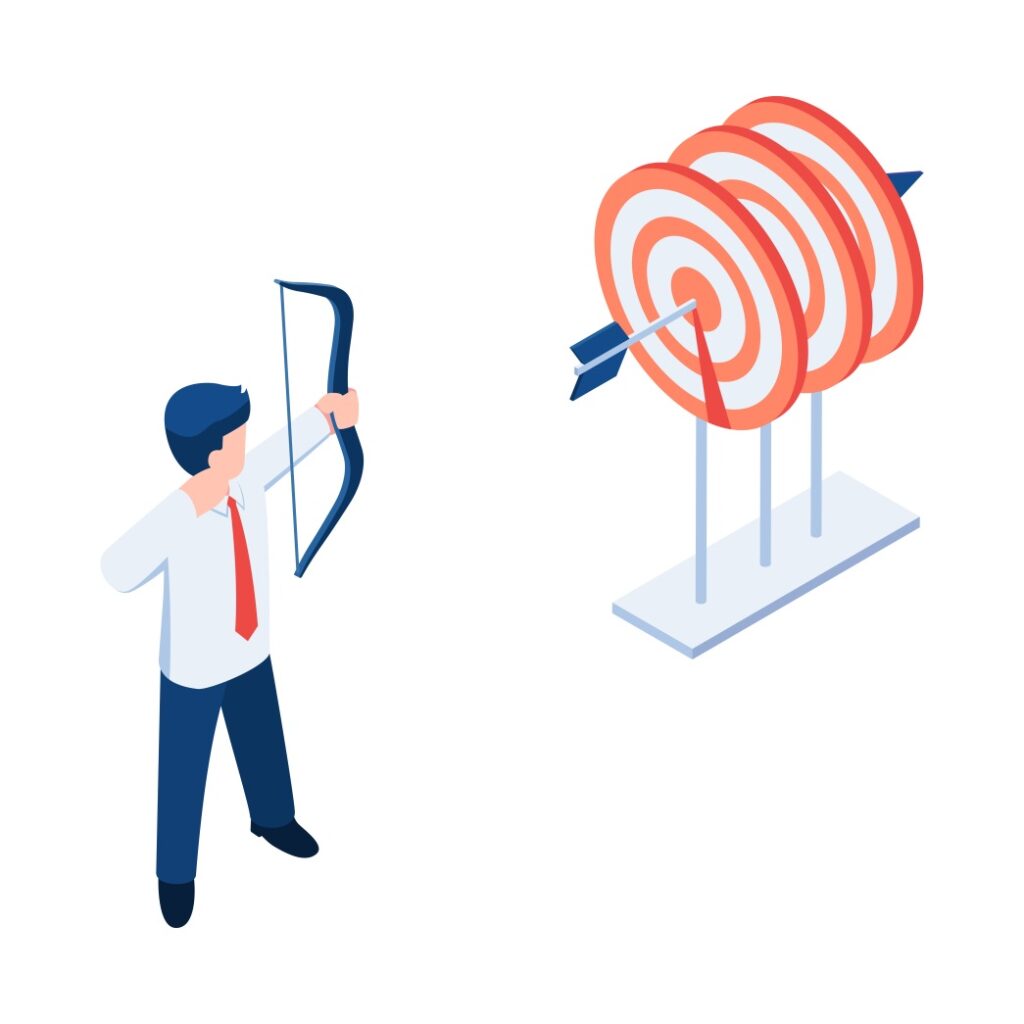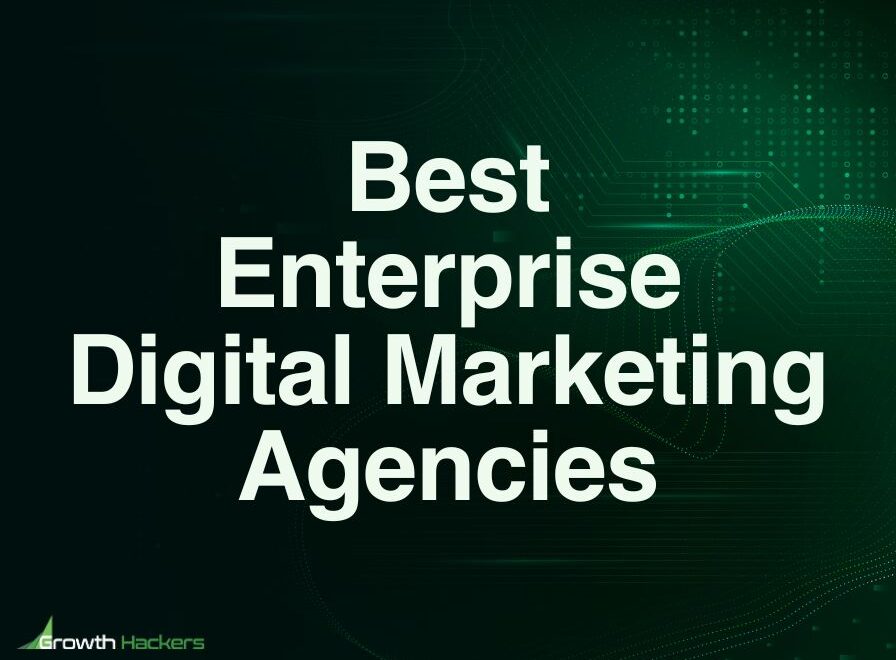Acquisition marketing is an essential component of any successful marketing strategy. As businesses compete for market share, acquiring new customers becomes crucial to growth and profitability.
But what exactly is acquisition marketing, and how does it differ from other marketing techniques? And how can you ensure that your customer acquisition strategy and marketing efforts are successful?
This article will explore the fundamentals of acquisition marketing and provide insight into how businesses can successfully implement such a strategy.
Basics of Acquisition Marketing
Acquisition Marketing is the process of acquiring new customers for your business. This is done through various strategies, including content marketing, search engine optimization (SEO), paid advertising campaigns, email marketing, and more.
Acquisition Marketing focuses on reaching out to potential customers who have never interacted with your brand. It’s all about your brand awareness focusing on increasing visibility, developing relationships with your target customers, and ultimately inspiring them to purchase.
Why Do You Need Acquisition Marketing?
Before we dive into the details, let’s take a minute to talk about why acquisition marketing is so important.
Brand Recognition
One of the most important reasons for acquisition marketing is to build brand recognition and visibility. Building brand awareness and recognition involves creating awareness of who you are, what you do, and how you can help people.
By engaging potential customers through targeted campaigns, you’ll be able to increase your customer base, create more conversions, and ultimately result in higher sales. To stay ahead of the competition, you must think beyond traditional marketing strategies and focus on acquisition marketing.
Suppose you are an online store. In that case, you can use acquisition marketing to create sales campaigns across multiple channels such as email, social media, blogs, and search engine optimization (SEO). This will help attract new customers while ensuring existing customers remain engaged with your products and services.
Improved Engagement
You can improve customer engagement through acquisition marketing by using customer stories and providing relevant and helpful content. Content marketing is an important part of any digital strategy and can help you reach new customers and keep them returning for more. This is why combining customer acquisition and customer retention strategies is the way to grow.
For example, if you’re selling clothes online, you could create blog posts about the latest fashion trends or design tips to encourage customers to explore your website and learn more about your offer. Additionally, social media posts and influencer marketing can help spread the word about your brand and open up new opportunities for engagement.
Using acquisition marketing tactics to create content that resonates with audiences, you can foster relationships with new customers, build loyalty, and drive conversions.
Enhanced Lead Generation
Lead generation is an important part of acquisition marketing. Using targeted campaigns and optimization strategies, you can generate leads more likely to convert into paying customers. Additionally, acquisition marketing helps you identify and reach the right audiences for your products or services.
You can use various tactics such as search engine optimization, email marketing, and pay-per-click (PPC) advertising to increase your visibility to potential customers actively searching for solutions.
By focusing on relevant keywords and crafting creative messages that engage audiences, you can generate better leads and create more successful campaigns. Ultimately, acquisition marketing helps you generate quality leads that are more likely to become paying customers.
Cost-Effective Results
Finally, acquisition marketing yields cost-effective results and allows you to maximize your budget while achieving desired outcomes.
As opposed to traditional advertising methods, acquisition marketing focuses on targeting specific audiences and optimizing campaigns for better performance. This helps reduce costs associated with ad spend and improves efficiency.
Additionally, acquisition marketing helps you optimize campaigns to reach the right people and generate tangible results.
By using advanced analytics and tracking tools, you can measure performance in real-time, identify trends and patterns, and adjust your strategy accordingly. With cost-effective results and the ability to track performance, acquisition marketing allows businesses to get the most out of their budget and achieve desired outcomes.
Are you looking to expand your customer base and skyrocket your sales?
Contact Growth Hackers
What are the Differences Between Acquisition and Other Types of Marketing?
The most significant difference between acquisition marketing and other types of digital marketing is its focus on customer acquisition.
While other forms of digital marketing may overlap with acquisition channels, such as email campaigns or social media posts, the primary goal of acquisition marketing is to acquire new customers from an audience that has not yet accessed your product or services.
This allows businesses to target potential customers actively searching for solutions instead of existing customers or those already familiar with the brand.
Another key difference between acquisition marketing and other digital marketing types is its campaign optimization. Acquisition marketing focuses on data-driven strategies such as search engine optimization (SEO), pay-per-click (PPC) advertising, and content creation to attract new customers while ensuring existing ones remain engaged.
Optimized campaigns help businesses generate qualified leads that are more likely to become paying customers. Businesses can use advanced analytics and tracking tools to monitor real-time performance and adjust their strategy accordingly for better results.
In contrast, other forms of digital marketing focus on building customer relationships rather than generating leads or acquiring customers. This includes strategies such as email campaigns, social media posts, paid ads, and content marketing that aim to keep existing customers engaged with the brand.
These types of digital marketing are also optimized for maximum reach, but they do not focus much on lead generation or customer acquisition.
The Key Channels for Acquisition Marketing
Your acquisition marketing strategy should include various channels to reach the right audience. Depending on your business and customer base, this could include.
Social Media
Social media is often one of the first channels that come to mind when using acquisition marketing strategies. Platforms such as Facebook, LinkedIn, TikTok, Twitter, and Instagram offer a great way to quickly reach a wide audience, especially targeting younger generations.
Investing in paid advertising campaigns on these platforms can be particularly effective; with targeted ads and retargeting campaigns, you can ensure that the right people see your messaging.
However, it’s important to remember that organic social media posts are just as beneficial; they often require more time and effort to create engaging content but can be a great way to build customer relationships.
Search Engine Optimization
Search engine optimization is all about optimizing your website to appear in the top results on search engines such as Google and Bing.
Ensuring that you have relevant content with targeted keywords can drive people to your site actively looking for something related. SEO also ensures that your website loads quickly, is mobile-friendly, and follows best practices for accessibility.
Investing in SEO services can be a great way to ensure you’re getting the most out of this channel; experts can advise increasing your online visibility.
Furthermore, SEO also involves improving the user experience of your website. This includes optimizing the site structure, improving the navigation, and creating high-quality content that provides value to your target audience.
A well-executed SEO strategy can not only increase your website’s visibility but also drive more traffic, leads, and sales. It can also help establish your brand as an authority in your industry.
However, SEO is a continuous process that requires ongoing maintenance and updates to stay ahead of the competition. Thus, it’s important to work with a reputable SEO agency that has a proven track record of success in delivering results for their clients.
Email marketing
Email marketing remains one of the most effective ways of reaching new audiences and potential customers, having consistently higher click-through rates than other channels. With email, you can target specific audiences and personalize messages to them; this allows you to build relationships with customers and develop trust.
Investing in technology to help automate emails is also important; automation tools can ensure that all your emails are sent out on time and personalized for each recipient.
Additionally, setting up an email subscription list will allow you to keep your customers updated with the latest news about your business.
Premium Content
Creating premium content is a great way to attract potential customers interested in your field who may seek more detailed information or advice. Quality content could include writing blog posts, creating videos, or designing ebooks.
You can also use this content as part of an email funnel to help drive people from initial awareness to converting into paying customers. Premium content is often seen as more credible than other forms of advertising, so investing time and resources into this channel can have long-term benefits for your business.
By using a combination of different customer acquisition funnel marketing channels, you’ll be able to reach the right people with targeted messaging that speaks directly to their needs. With the right strategies in place, you can maximize your potential to acquire customers.
How to Measure Acquisition Marketing Success
Once you have launched your acquisition marketing campaigns, tracking and measuring their success is important. The following are some key metrics to consider.
Cost Per Acquisition (CPA)
Cost Per Acquisition (CPA) is a key metric to measure the success of your acquisition marketing campaigns. By using a CPA calculator, you can calculate it within seconds. CPA measures the total cost of acquiring a customer or user, including all related customer acquisition costs such as advertising, sales promotions, and other operational expenses. It can be calculated by dividing the total cost of acquiring customers or users by the number of new customers or users.
This helps marketers understand the efficiency and effectiveness of their campaigns in terms of value generated versus cost incurred. It also provides insights on adjusting their strategy to reduce CPA while improving overall ROI.
Customer Lifetime Value (LTV)
Customer Lifetime Value (LTV) is an important metric for measuring the success of acquisition marketing campaigns. LTV helps marketers understand the value associated with a customer over their entire relationship with your brand.
It is calculated by multiplying customer acquisition cost by the average purchase frequency and average purchase size, then multiplying that number by the gross margin achieved from each customer’s purchases. Knowing this metric can help marketers better understand how much money to spend on acquisition marketing efforts to ensure maximum return on investment (ROI).
Retention Rate
Retention rate is another key metric for evaluating the success of an acquisition marketing campaign. Retention rate measures how many customers are retained after a certain period.
This metric helps marketers understand how effective their acquisition efforts have been in forming long-term customer relationships. It is calculated by dividing the number of satisfied customers at the end of the period by the number of customers at the beginning.
Knowing this metric can help marketers better understand which campaigns are most successful regarding customer retention and loyalty, enabling them to adjust their strategy accordingly for maximum ROI.
Measuring these key metrics can provide valuable insights into your acquisition marketing efforts, helping you decide where to focus your resources for maximum return on investment (ROI). By understanding CPA, LTV, and Retention rates, you can ensure your acquisition marketing campaigns are as successful and cost-effective as possible. When you have a high retention rate or low churn rate, it’s time to scale your acquisition channels.
Unlock your growth potential with acquisition marketing!
How to Implement Acquisition Marketing
Once you’ve established the goals of your acquisition marketing strategy, it’s time to start implementing.
Defining Your Target Audience
The first step in acquisition marketing is to clearly define your target audience. Understanding who you are trying to reach will help you craft a more effective strategy, as you can tailor your messaging and tactics to fit their needs.
Start by researching and analyzing the demographic characteristics of your ideal audiences, such as age, gender, income level, and interests. You can also use analytics tools to identify the geographic areas most likely to engage with your message.
While it’s important to understand your target audience, you should also remain flexible and open-minded.
By understanding the nuances of their individual preferences, you can better tailor your messaging to generate more leads. For instance, if your ideal customer is a young professional living in an urban area, you can target their demographic with personalized ads, email campaigns, or engaging video content.
Outlining Your Acquisition Strategy
The next step is to outline your acquisition strategy based on your goals. This should include deciding what channels you’ll use to reach your target audiences, such as email, social media, and paid advertisements.
Additionally, consider developing content that speaks directly to your ideal customer to engage with them more effectively. You should also consider the types of offers that best resonate with them, such as discounts or exclusive events. Regularly review and update your acquisition strategy to ensure it’s still relevant to your target audience.
Executing Your Acquisition Strategy
Once you have an acquisition strategy outlined, it’s time to start executing it. Consider your budget for acquisition marketing and how you intend to allocate it between channels, campaigns, and other tactics. You should also ensure your team is properly equipped with the resources they need to successfully implement your strategy.
This could include hiring additional staff members or outsourcing certain tasks to experts in their respective fields. Additionally, you should track the performance of your acquisition efforts so that you can adjust your strategy accordingly to ensure optimal results.
Ultimately, a well-executed acquisition plan will set your business up for long-term success by driving more qualified leads into your sales funnel.
This process can significantly improve customer loyalty and increase brand recognition when done correctly. With a successful acquisition plan, you’ll be well on your way to achieving your marketing goals.
Closing Thoughts About Acquisition Marketing
Acquisition marketing is an important part of any business’s growth strategy and can be used to reach more customers than ever before. To stay competitive in today’s fast-paced market, businesses must continue to refine and evolve their acquisition marketing strategies over time.
This requires a willingness to experiment with new tactics, as well as a commitment to ongoing monitoring and optimization.
By investing in data-driven strategies, companies can tap into valuable insights and better understand how to acquire and retain customers effectively.
With the right strategies, businesses will see greater conversions from their acquisition marketing efforts.
Overall, acquisition marketing is a dynamic and constantly evolving field that offers endless opportunities for growth and success. By leveraging data, insights, and innovation, businesses can drive customer acquisition and build a loyal customer base that fuels long-term profitability and success.
Growth Hackers is an award-winning customer acquisition marketing agency helping businesses from all over the world grow. There is no fluff with Growth Hackers. We help entrepreneurs and business owners boost their business with acquisition marketing, increase their productivity, generate qualified leads, optimize their conversion rate, gather and analyze data analytics, acquire and retain users and increase sales. We go further than brand awareness and exposure. We make sure that the strategies we implement move the needle so your business grow, strive and succeed. If you too want your business to reach new heights, contact Growth Hackers today so we can discuss about your brand and create a custom growth plan for you. You’re just one click away to skyrocket your business.

